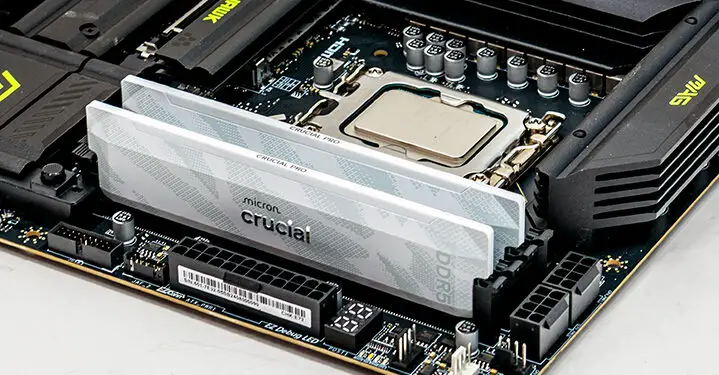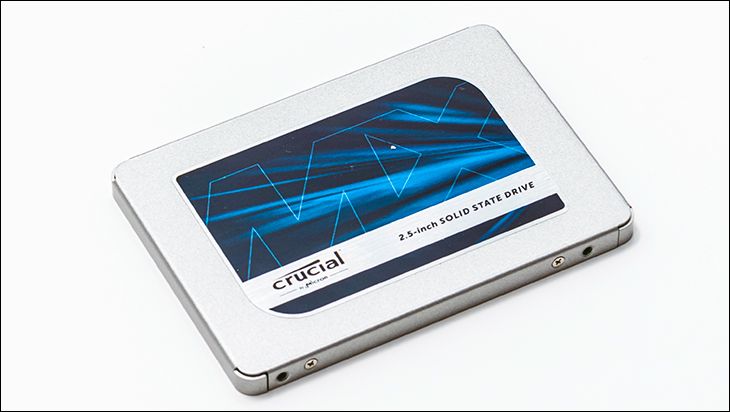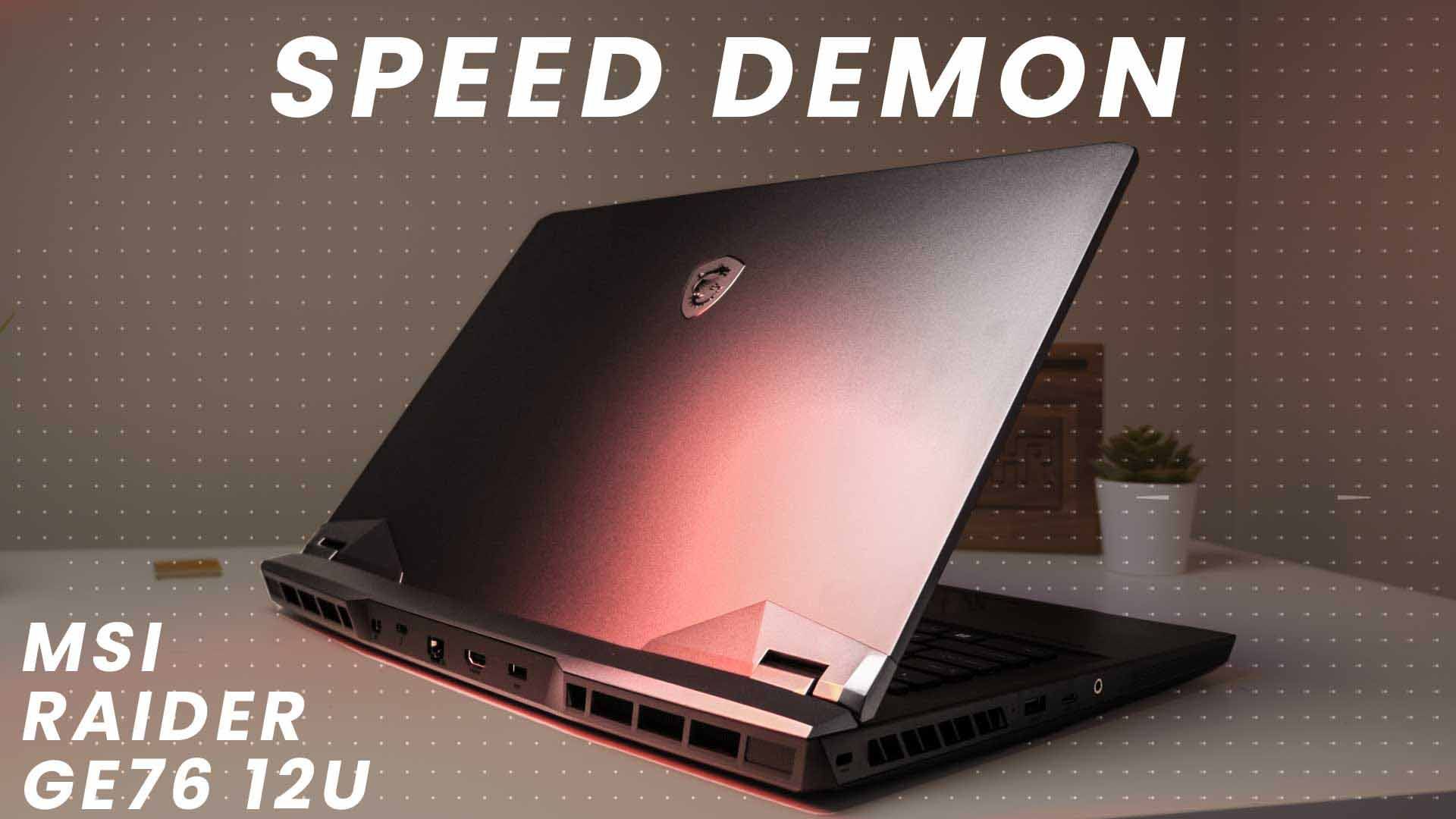A while back, we took a long, hard look at Crucial’s reentry into the world of professionally oriented overclocking components, such as their various “Professional OC” DDR5 kits, and felt that they were a breath of fresh air in a market that loves to complicate what should be a rather easy purchasing decision. Unlike many, Crucial does not hide behind coy labels (e.g., adding an “M5” to a model name) and instead made it crystal clear that these models were tailor-made for system builders and similarly minded professionals a key demographic that is usually overlooked (or at best lumped in with “enthusiasts”) and yet represents a good chunk of the buying demographic… as system builders consistently buy RAM that both AMD and Intel consider “overclocked.” With that said, those first-gen “OC” kits were not perfect. The largest issue we had with those first-generation Crucial Pro OC options was that they were really just a smidgen under the minimum requirements necessary to satisfy the needs of many professional builds, necessitating that, for some builds, builders would have to manually overclock the already factory-overclocked RAM kits in order to squeeze that last drop of performance out of a given CPU. With this recently released second-generation DDR5 Professional OC lineup, that all changes. These new and improved kits now come factory-overclocked and certified for both AMD and Intel IMCs to hit the “sweet spot” most professionals aim for these days – DDR5-6400. More impressive still, they do so at an impressive CAS latency of 32, which negates the other main complaint professionals had with the CL36 to CL40 first-gen Pro OC options.

To be fair, for many, the slack latency timings the first-gen DDR5 OC kits came with were perfectly fine. Most builds do not really gain much by slashing timing delays. Some, however, is not the same as saying all. For some scenarios and/or niche builds, the high CL30 range (and even CL40 in some instances) was indeed an automatic disqualifier. Even CL36 could have a noticeable negative real-world impact on their client’s workflow and/or application performance, and instead, these builds need tight timings to go along with high frequencies.
As such, this new one-two combination of faster frequencies with tighter timings is what Crucial is counting on to help not only solidify the Pro OC’s place in this critical market but also appeal to an even broader audience. Of course, every seasoned system builder (be it in a professional or hobbyist environment) will have one burning question that must be answered before they get too excited about these new additions. Namely… did Crucial sacrifice any of the sweet, sweet ease of use or “Just Works” nature that made the first gen so special in order to get these tighter timings and higher frequencies? After all, with an MSRP of $174.99 USD (for the “Black” edition, while the White edition is slightly higher at $186.99), these kits may just end up being the ones to buy in bulk, as they may offer the perfect blend of performance, flexibility, and price… or not. It really will depend on their ease of use and how it stacks up against the cult-classic first generation. Needless to say, we will do our best to fully answer this question to give you, our readers, as complete a picture of them as we possibly can. So, without further ado, let’s put them to the test and see what they are made of.










